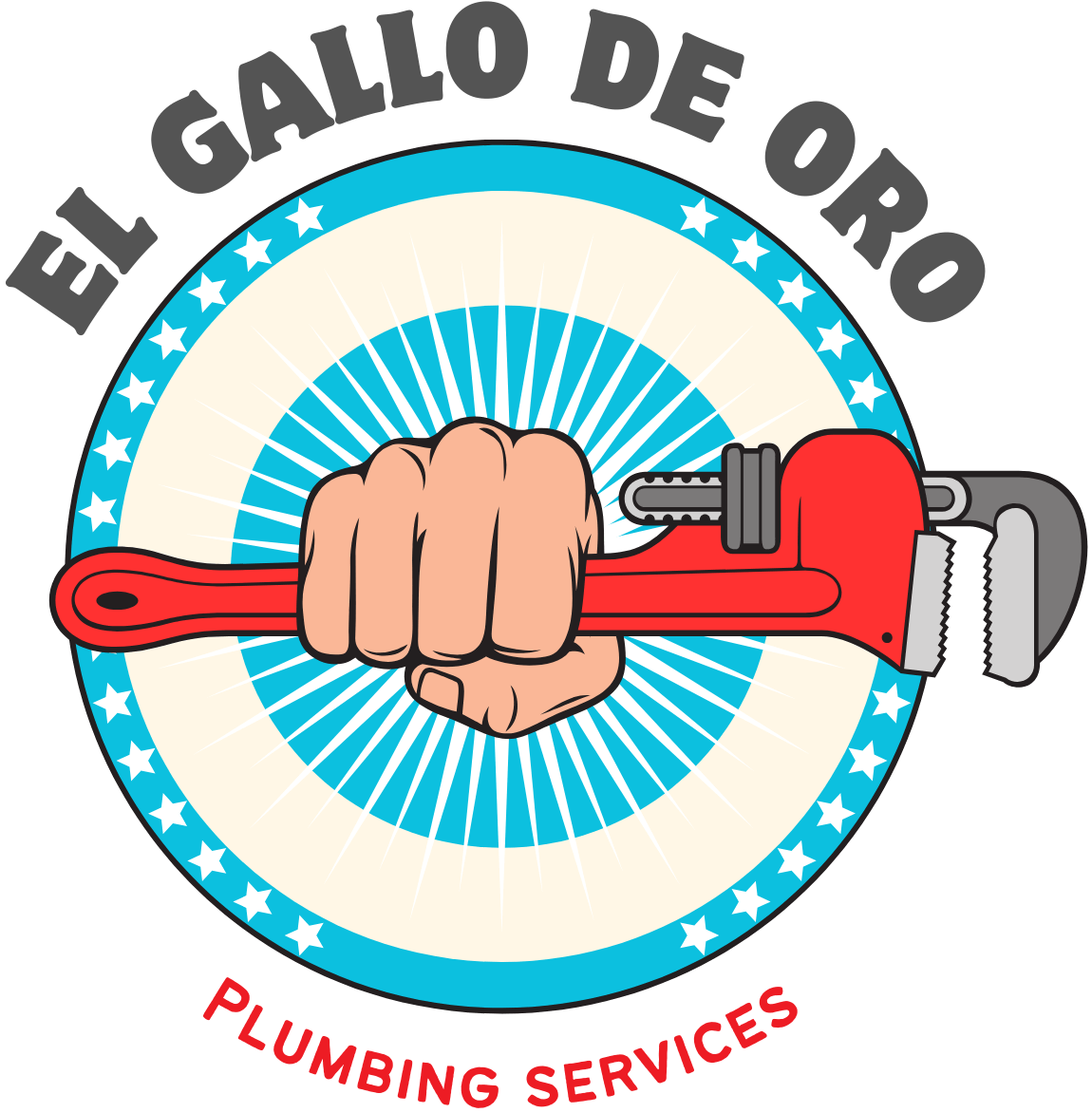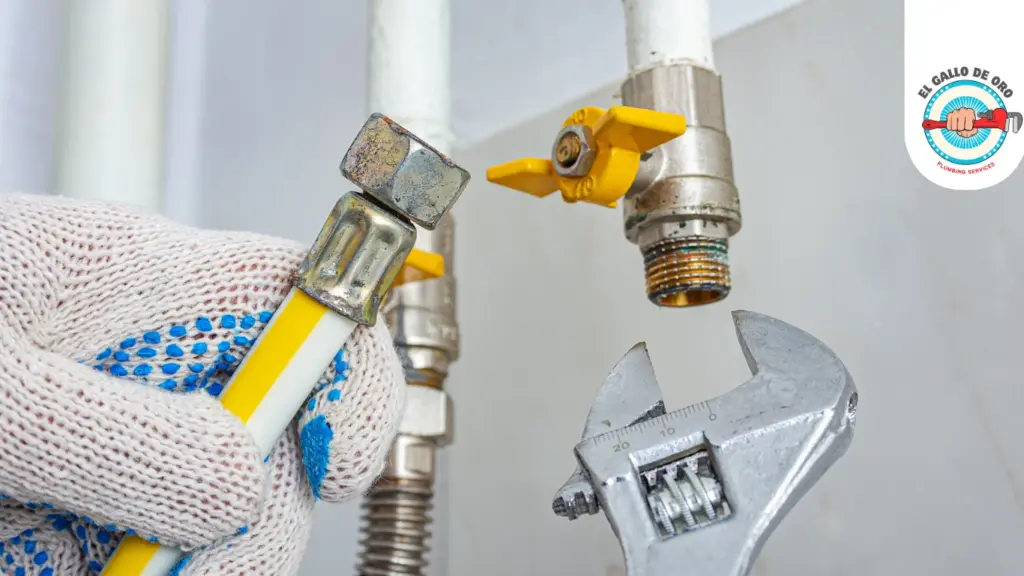Kitchens and garages are among the most vulnerable areas in any home when it comes to gas-related hazards. The kitchen, with its constant use of stoves and ovens, and the garage, where gas-powered appliances or tools may be stored, both present high-risk conditions. These spaces often contain ignition sources, limited ventilation, and frequent activity—making even a small gas leak potentially dangerous. Regular inspections and timely response to problems play a critical role in maintaining safety.
How Leaks Develop in Common Household Zones
Gas lines, especially those running through or near walls in frequently used rooms, can suffer wear and tear from a variety of sources. Vibrations from appliances, accidental bumps, temperature fluctuations, and even aging fittings can create small fractures or loose connections. In areas like garages, where heavy equipment or vehicles are often present, the risk of impact damage increases. Without early detection, these minor issues can escalate quickly. This is where precise diagnostics and proactive gas line repair methods become essential.
The Importance of Modern Detection and Containment
Today’s advanced tools make it possible to catch even the smallest gas leaks before they pose a serious threat. Digital detectors, pressure tests, and tracer gases can identify hidden weaknesses in pipes and fittings, especially in tight spaces like behind kitchen cabinetry or along garage ceilings. Effective gas line repair doesn’t just stop a leak—it reinforces system integrity and prevents future problems. The goal is not only to fix the immediate issue but to reduce the long-term risk in spaces with elevated exposure to heat or flame.
Enhancing Household Safety with Preventive Measures
Incorporating gas safety into routine home maintenance is one of the most effective ways to reduce risk in high-use areas. Periodic evaluations, particularly in kitchens and garages, help spot issues before they become emergencies. Professional gas line repair, when performed at the right time, strengthens vulnerable sections of the home’s infrastructure and ensures that appliances continue to operate safely. Simple steps like ensuring adequate ventilation and monitoring appliance condition further support a secure environment.
Gas-related incidents often begin with unnoticed signs in familiar places. Recognizing the specific challenges of rooms like kitchens and garages, and understanding how targeted gas line repair helps mitigate those risks, is key to creating a safer living space. By taking a proactive approach and staying aware of potential hazards, homeowners can better protect the people and places that matter most.
Read more:
How Gas Line Repair Reinforces Weak Joints and Fittings to Prevent Leaks

